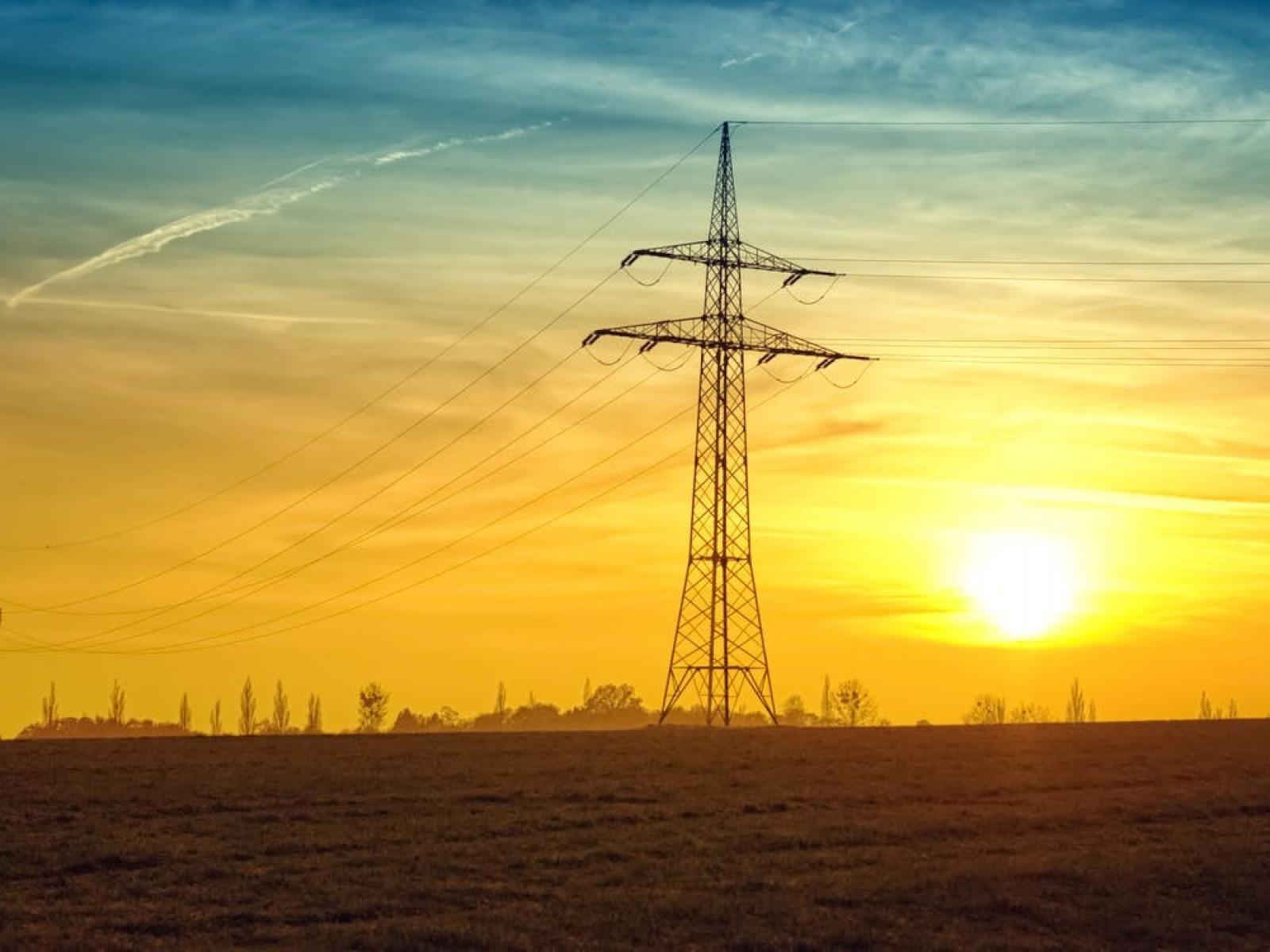Impacts of Long-Term Temperature Changes on Electricity Investments
Improving power sector detail in model shows 3-22% increase in capital investments across the U.S.

Modeling monthly day/night dynamics in the power sector component of a multisector model helps improve estimations of how temperature change and variability affect electricity demand and investments.
(Image by Pixabay | Pexels.com)
Published: March 26, 2021
Z. Khan, G. Iyer, P. Patel, S. Kim, M. Hejazi, C. Burleyson, M. Wise, “Impacts of long-term temperature change and variability on electricity investments.” Nature Communications, 12, 1643, (2021). [DOI: 10.1038/s41467-021-21785-1]